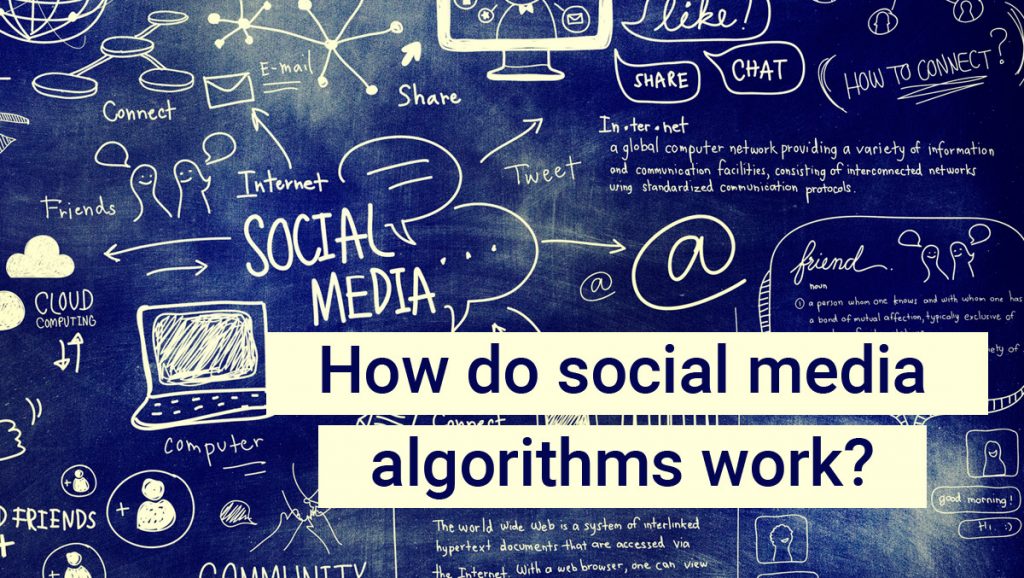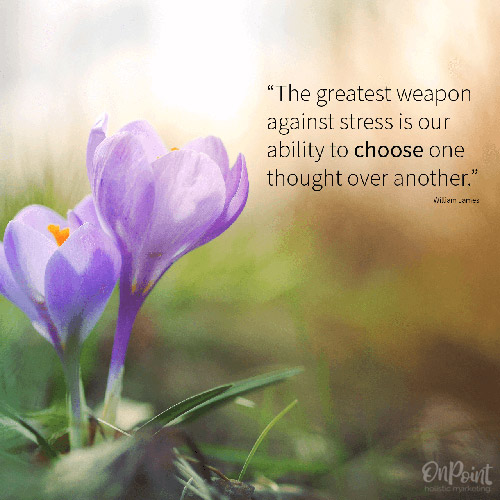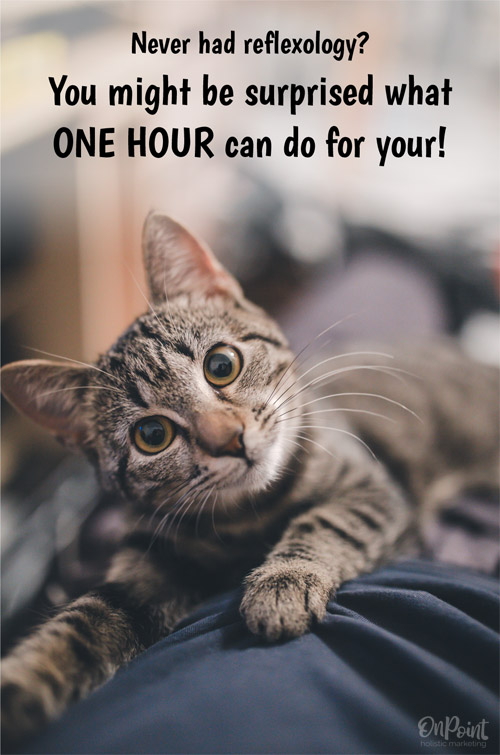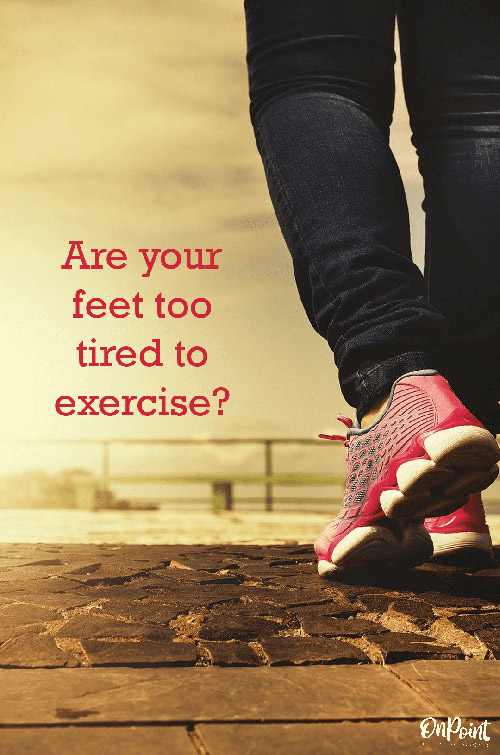Part of effectively using social media marketing these days means we need to have an understanding of the terminology.
Facebook, Instagram, Pinterest, LinkedIn, and other social platforms use algorithms. So do search engines like Google and Bing. But also other sites like video services such as Netflix, dating sites, online shopping sites like Amazon, and pretty much any website that is showing content to you based on a keyword search, your usage, or interests.
What is an algorithm?
Basically an algorithm is just a mathematical set of rules to help provide the most relevant content to each person, treating them as an individual and tailoring the results to their interests and behaviors.
It can feel like something that we are constantly battling with in marketing. It feels like a challenge to think about how to get content through the algorithm to be shown. But really we wouldn’t enjoy most of these sites without the algorithm because the amount of content we’re shown that isn’t of interest to us.
We live in a time with an overwhelming amount of content and we could spend all day trying to find what’s interesting to us without the algorithms. Or maybe they are bad… because without them we’d give up and go outside and enjoy nature more instead… but really they do save us time.
Algorithms provide value, but also present both marketing challenges and opportunities so it’s important to understand how they work.

How do social media algorithms work?
Back to social media algorithms, this post focuses on Facebook for simplicity, but the principals are the same for all the social sites. They all have the same goals, just slightly different criteria that they use for their own specific algorithm.
Facebook says their goal is to “show stories that matter to users” which means posting good content on Facebook is a lot like good SEO for your website. Don’t post for the algorithm. Post good stuff people want to see and want to interact with. (Easier said than done of course…)
In my opinion, Facebook’s real goal is to keep people on their site as long as possible and using their service so they see more ads and Facebook makes more money. They know people like to be entertained, feel good, learn stuff, connect with others, and feel valuable. Facebook knows providing their users with those things keeps them on the site/app longer.
These are the categories that Facebook’s focuses on for their algorithm:
- Inventory
- Signals
- Predictions
- Score
Inventory
Inventory is the amount of content that can be shown in your newsfeed. Timeliness is a factor. Facebook is more likely to show something posted in the last hour than they are something posted a few days ago. The amount of content being published is the inventory. If you post at 3 am for example there’s less new inventory to compete with. There are also fewer people awake to see that post though.
This also means it might be easier for people with fewer friends, fewer groups, and who like fewer pages to see you because the competition for their feed is less. People with thousands of friends could never possibly read all the posts so the inventory competition is greater to be seen by them.
Signals
These include various metrics that signal to Facebook how engaging, popular, or relevant your post is both in general and to any given person who follows your page. These include things like:
- Comments, likes, and shares
- Replies to comments, who is replying, etc. For example, if other fans are engaging with fan comments, that’s worth more than just the page replying to comments, but it’s still better to have the page reply than not engage at all with comments.
- The content – yes they look at the content and if it’s clickbait, spammy, or fishing for engagement they are going to lower the score. Even promotional posts get lower scores because in general people engage with those posts less. This doesn’t mean these posts can’t get seen, just that it might get lower reach or need higher levels of engagement to balance this criteria’s score.
- How complete your profile is – this may seem like a weird factor, but in thinking about weeding out spammers and scammers it makes sense. People and pages who have more complete information are more likely to be legit. They are also more helpful to the people who visit them. If people can find all your information when visiting your profile or page, that helps them.
Predictions
Your prior level of engagement with the person or page posting is used to determine how likely you are to engage with the latest posts. This can also include trends they see in the type of content you engage with, not just the source.
Score
Each factor that makes up the algorithm gets a score. Some factors and scores are weighted more heavily than others by the way. Then the computer computes a final score for each piece of content and uses that to determine what you see and in what order you see it in the newsfeed.
Algorithms are not static
They are updated periodically to make adjustments, especially when the companies see certain tactics increasing in popularity that try to hack the system, such as when they made changes to counteract clickbait headlines and posts asking for a “Like”.
So what is best to post?
A mix of different things that create engagement.
What’s easy to respond with a comment to? But also what are they motivated or have an invested interest in? People like to share value, and their opinions. They want to be helpful and seen as having value. Asking questions encourages comments. But not all questions will get the same level of engagement.
Things that are easy to react to clearly. Some statements or posts leave you both happy and sad, so it’s not easy to react to that. Things that cause clear and obvious emotions are more likely to get a reaction.
Videos tend to perform better than images. Images tend to do better than plain text. Plain text tends to do better than links. But in all of these cases, the better the content the better it will do. Plain text that really connects and engages the reader will do better than a boring video that they scroll right past.




Here are a few ideas that are more specific https://www.onpointholisticmarketing.com/post-ideas/
And if you want done-for-you content that’s ready to post, check out the More Feet Club. Members get a package of social media content to post each month, so you don’t have to spend time coming up with ideas, hunting graphics, creating them, and figuring out what to say. You’ll also get more in-depth marketing guidance to help you get more feet on your table (or chair). https://www.onpointholisticmarketing.com/join/
[lepopup slug=’5-free-graphics-inline’]